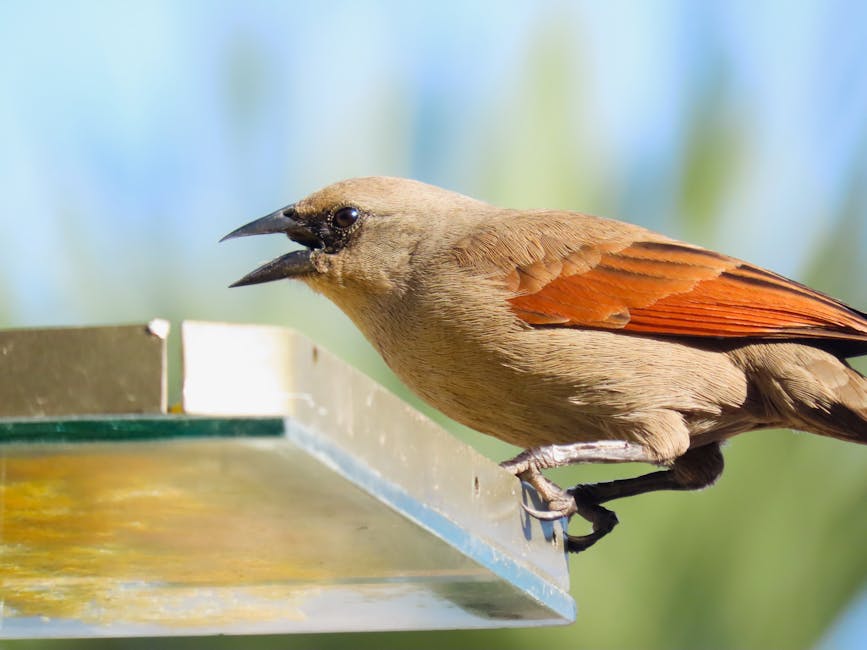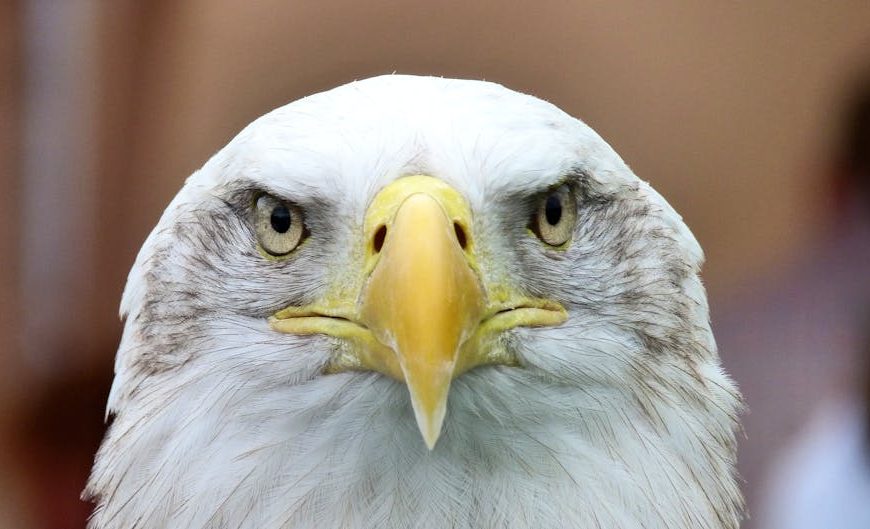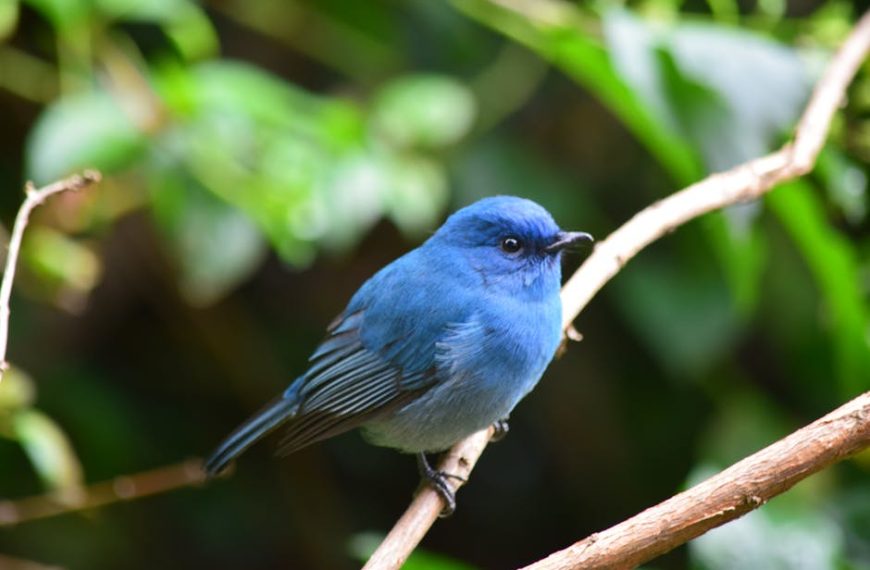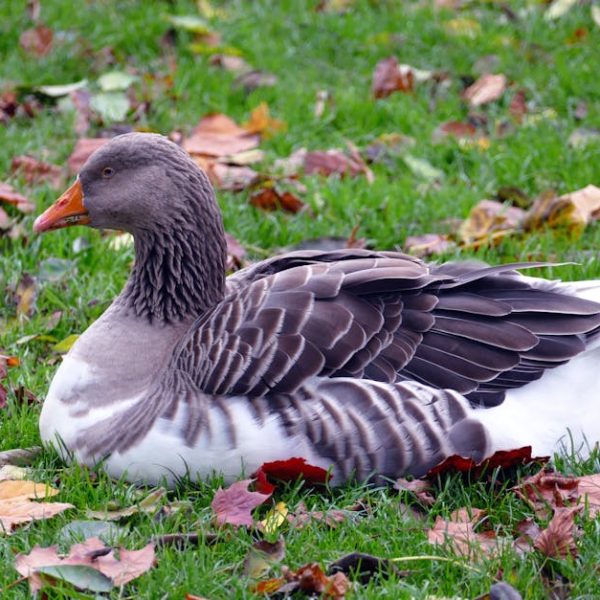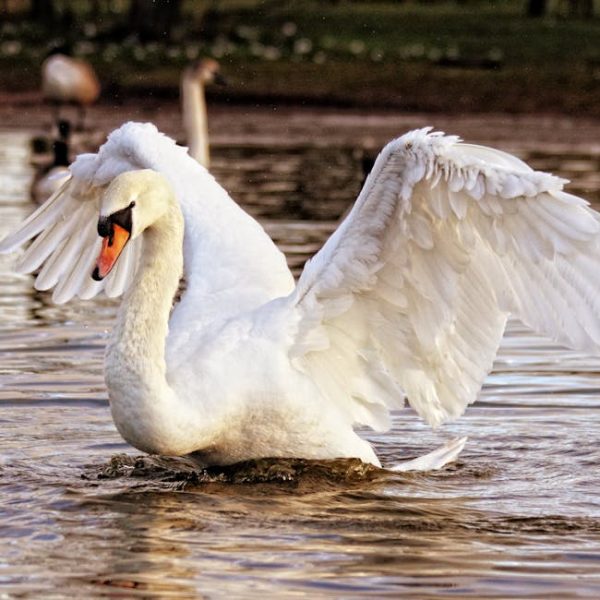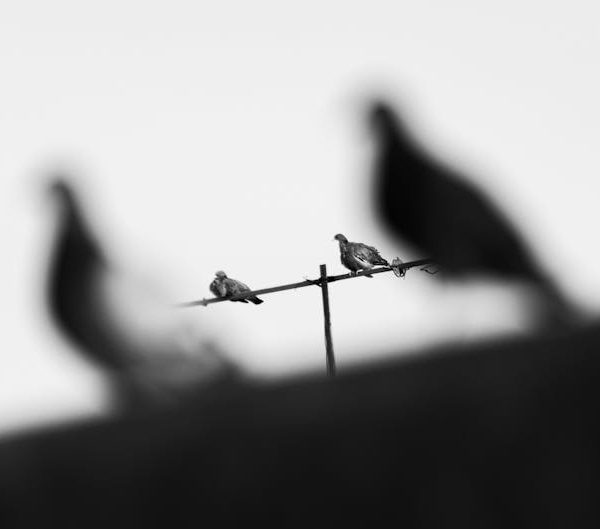The intriguing world of avian anatomy has captured the attention of scientists, bird enthusiasts and nature lovers for centuries. Bird scales, though less prominent than feathers, play equally vital roles in a bird’s life and represent a significant part of their biology. From evolution to functionality, these scales discreetly tucked away tell compelling tales about the species and open a new window into the realm of ornithology.
Understanding the Anatomy of Bird Scales
Bird scales, an integral part of the bird’s anatomy, can be primarily found on their feet and legs, often overlooked due to their feathers. While bird feathers capture our imagination with their multitude of colours, patterns and texture, bird scales linking these feathered creatures back to their reptilian ancestors capture the interest of scientists.
The evolution of bird scales is deeply embedded within the lineage of reptiles, marking a fascinating transition from scale-clad reptiles to the feathered avian species. Contracts in their anatomical structure, location and purpose provide key insights into the evolution of birds from the reptile family.
Key aspects of bird scales include:
- They are predominantly found on the legs and feet.
- Bird scales serve as protection against environmental elements.
- They play a role in aiding bird mobility, especially on uneven surfaces.
Comparing bird scales to reptile scales:
| Bird Scales | Reptile Scales | |
|---|---|---|
| Location | Primarily on legs and feet | Cover the whole body |
| Function | Protection and mobility | Protection, retention of body moisture |
| Anatomical Structure | Composed of keratin | A mix of boned scales, keratin scales |
The Types of Scales in Birds and Their Hidden Locations
Bird scales do not follow a one-size-fits-all paradigm; instead, they come in a variety of categories located discreetly on a bird’s body. The major types include reticulate scales, scutate scales and granulated scales, each with their unique biological purpose.
For example, reticulate scales are commonly found around the legs and toes of many birds and are defined by their intricate network-like pattern. Scutate scales are associated with birds of prey and are characterized by their large, broad and overlapping arrangement. Granulated scales are minute and rough to the touch, primarily hidden away among the plumage of certain species.
In-between nesting locations, mating routines, and frantic flights, there lays the subtle yet crucial signpost of bird’s health – their scales. The location and type of these scales offer concoctions of fables waiting to be understood, telling tales of history, health, and harmony.
Remember:
- Reticulate scales: Network-like pattern, found on legs and toes.
- Scutate scales: Large, broad, found in birds of prey.
- Granulated scales: Minute, rough, hidden within plumage.
Quick Fact: Did you know that bird scales, just like human fingerprints, are unique to individual birds? That’s right, no two birds have identically patterned scales.
Observing Bird Scales in the wild
Stepping into the wild to observe bird scales can be a tantalising adventure. The subtler scales tucked away need a more meticulous approach to observation. Start by focusing on bird’s legs during roosting, nesting or foraging, where the scales are most dominant. Look through binoculars or a camera with high zoom capability to get a clearer view.
Here are a few things to keep in mind:
- Morning and late afternoon are optimal times for bird watching as birds are typically most active during these times.
- Approach quietly and avoid sudden movements lest you scare away birds.
- Try to vary your observations across different types of birds and habitats.
Observing bird scales varies by season:
| Pros | Cons | |
|---|---|---|
| Spring/summer | Radiant colors, higher bird activity | Birds often hide in thick foliage; warm weather can be tiring |
| Fall/winter | Less foliage, easier visibility; cooler weather, less exhaustion | Fewer bird sightings, duller colors |
The Role of Bird Scales in Avian Health and Hygiene
Much like how human skin signals our well-being, the condition of bird scales could be indicative of a bird’s overall health. Scaly, cracked, or discolored scales could be indicative of disease or poor nutrition. Several bacterial, viral, and parasitic conditions primarily manifest through changes in bird scales.
Here’s a quick checklist to assess avian health through their scales:
- Check for changes in scale color
- Observe any scaling or cracking
- Look for signs of discomfort, like constant foot scratching
Best Practices for Bird Owners:
- Regularly check for cracks, discolouration, or irregularities in your bird’s scales.
- Ensure your bird’s diet is balanced and nutritional.
- If you notice any abnormalities, consult a vet promptly.
The Connection Between Bird Scales and Bird Behaviour
Bird’s scales do not just play a physiological role, but also have behavioural implications. Take the mating dance of certain birds; the showiness of their scales can influence mate selection. Similarly, during territorial disputes, birds may puff up their scales to appear more intimidating. Changes in environmental factors like temperature and humidity can also lead to changes in bird scales and subsequently, their behaviours.
Look for these bird behaviors:
- Aggression or display: Changes in scale appearance during confrontations.
- Mating: Look out for changes in scale coloration and structure during the mating season.
- Response to environment: Noticing changes in scale condition relative to different weather or seasons.
Pro Tip : Each species has unique behaviours associated with their scales. Spend time observing specific species to understand these peculiarities better. Understanding these intricacies brings you one step closer to unravelling the mystique that comes with our feathered friends.
Key Takeaway:
- Bird scales are an important anatomical aspect of birds, predominantly located on their legs and feet. They share a fascinating link with reptile scales and serve various functions in aiding birds’ mobility and protection.
- There are different types of bird scales: reticulate, scutate and granulated, each with their unique functions and locations. These are subtle, yet vital indicators of a bird’s overall health and hygiene.
- Bird scales are also connected with various bird behaviors ranging from mating to territorial disputes. Scales’ condition can often influence these behaviors.
- Field observation of bird scales require careful planning and attention to detail; optimal times, quiet approach and good tools, like binoculars, can aid in better observation.
Incredible that these discreet scales on feathery creatures can tell us so much about evolution, their health, behaviours and even hints about the environment they live in. Stay patient, keep observing, feel a little more connected with these avian friends, and continue learning with every observation.
FAQs
Q: Why are bird scales important for the bird?
A: Bird scales play a fundamental role in protecting birds from environmental damages and aiding their mobility, especially on uneven grounds. They also serve as indicators for the bird’s overall health and influence various behaviors.
Q: Are bird scales similar to human skin?
A: Just as human skin is to us, bird scales are key in indicating birds’ overall health. However, the composition and function differ significantly; bird scales are made of keratin and have a protective and behavioural function, unlike human skin which primarily regulates body temperature and acts as a sensory organ.
Q: Can bird scales help identify the species of the bird?
A:While bird scales on their own might not help in species identification, they can provide additive information about the bird’s health and behaviors, which together with other features like feather color, beak shape, size etc can aid in bird identification.
Q: How to care for the scales of pet birds?
A: Care for bird scales involves providing a balanced and nutritious diet, regular inspection for any abnormalities like cracks, discolouration or signs of discomfort. Any noticeable irregularities should be promptly addressed with a vet.
Q: Can I touch or handle bird scales?
A: In general, it is best to observe bird scales from a distance without handling the bird. If you own a pet bird, always handle with care, ensuring to avoid causing them stress or discomfort.
Keep exploring our blogs to dive deeper into the fascinating world of birds. Do share this post with fellow bird enthusiasts and remember, every observation, big or small, adds to this intricate web of knowledge.
